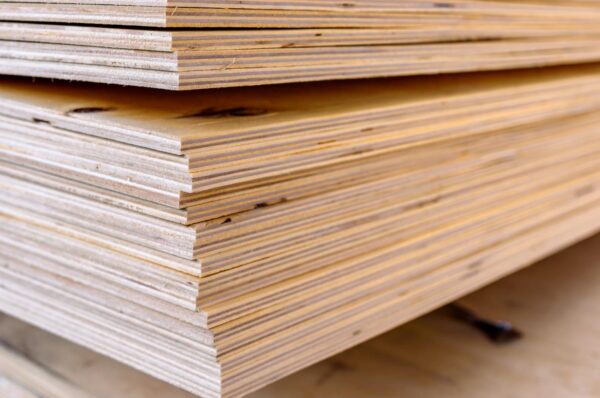
When it comes to building long-lasting and aesthetically pleasing furniture, plywood remains one of the most reliable and widely used materials. Whether you’re working on a custom wardrobe, a modular cabinet, or a dining table, choosing the right plywood for furniture is essential for durability, strength, and finish.
But with so many variants available in the market, how do you know if you’re picking good quality plywood? Here’s a practical guide to help you identify high-grade plywood at the store — even if you’re not an expert.
1. Check for ISI Certification
The first and most crucial step is to look for the ISI mark. The ISI (Indian Standards Institute) certification ensures the plywood meets quality standards set by the Bureau of Indian Standards (BIS).
For furniture-grade plywood, check for:
- ISI 710 for Marine-grade or BWP (Boiling Water Proof) plywood
- ISI 303 for MR (Moisture Resistant) and BWR (Boiling Water Resistant) grades
An ISI-marked sheet of plywood for furniture assures strength, moisture resistance, and long-term reliability.
2. Examine the Surface Finish
Run your hand across the plywood surface. Good quality plywood will have:
- A smooth, even surface without bumps or depressions
- No gaps or patches in the veneer
- A consistent color and texture throughout
Unevenness, blistering, or warping are signs of poor manufacturing quality. These issues can affect both the strength and the appearance of your finished furniture.
3. Look at the Core and Edges
Inspect the sides and edges of the plywood. Here’s what to watch for:
- Uniform core layers: Quality plywood will have tightly packed layers with minimal gaps.
- No visible voids: If you see air pockets or holes between the layers, the plywood may not hold screws well and may be structurally weak.
- Straight edges: Warped or curved sheets are a red flag for poor storage or substandard quality.
Always choose plywood with a solid, compact core — a key factor when selecting plywood for furniture that needs to bear weight.
4. Perform the Bend and Tap Test
You don’t need special tools to check for strength. Try this:
- Bend test: Slightly lift one corner and bend it gently. Good plywood will flex slightly but return to shape without cracking.
- Tap test: Tap the sheet in various places. A consistent sound indicates solid internal bonding, while hollow sounds may suggest gaps inside.
These simple tricks can help you judge the structural integrity of plywood right in the store.
5. Ask for the Grade and Warranty
Always ask the vendor for the plywood grade (MR, BWR, BWP, Marine) and warranty information. Reliable brands often offer guarantees on termite resistance, borer-proofing, and moisture durability.
If you’re investing in premium plywood for furniture, opt for branded options like Royale Touche, which are manufactured to meet industry standards and come with quality assurances.
6. Confirm Termite and Borer Resistance
Furniture, especially in Indian homes, is prone to damage by termites and borers. Make sure the plywood sheets you’re buying is:
- Pre-treated with anti-termite and anti-borer chemicals
- Clearly labeled as pest-resistant
- Backed by a brand reputation or warranty
This small step can protect your investment in furniture for the long run.
Final Thoughts
Choosing the right plywood for furniture isn’t just about picking the cheapest option on the shelf. It’s about evaluating the quality, structure, and treatment of the material to ensure it meets your design and durability needs.
By checking certifications, inspecting the build, and asking the right questions at the store, you can confidently choose good quality plywood that will help create strong, beautiful, and lasting furniture pieces.
